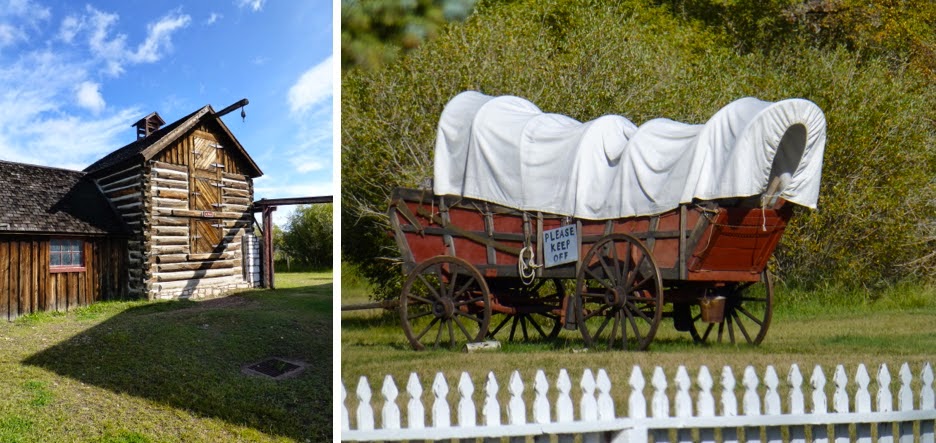Salt Lake: Visiting Friends
 First thing in the morning, a new windshield. Yesterday a truck in front of us dead-eyed a rock unto the glass and caused a crack that grew rapidly. Happily we got to the hotel last night and arranged to have a new windshield installed this morning. (The tape is not really holding it together...)
First thing in the morning, a new windshield. Yesterday a truck in front of us dead-eyed a rock unto the glass and caused a crack that grew rapidly. Happily we got to the hotel last night and arranged to have a new windshield installed this morning. (The tape is not really holding it together...)
Love the Internet! I wanted to find my old missionary companion whose information I had not secured, so I trusted my impressive detective skills to locate her... And, abracadabra, found her address, though not sure it was actually hers but perhaps her son’s, but what’s the difference! His family could direct us to the right place. Well, it was hers and she had just gotten home from the temple and on her way to visit a neighbor who had come home from the hospital. Interesting how nicely we fit in the “crack" of her activities! I call that simply providential... It was wonderful to visit with her. We had been companions on our mission Finland, mmmm..., many decades ago. Then she was on a mission back in Finland when Frosty and I were there, so we got to meet and take care of each other then. So you see, it was truly fantastic to see her again!
Here is a "synopsis" of our mutual paths:
In Jyväskylä 1965 (I think); in Helsinki, 2012; and now in Sandy, UT
On the way to the next attraction, we passed my favorite store and the NSA massive data center. Mixed feelings about both...
 The road to see some "old" friends took us by the Museum of Ancient Living at Thanksgiving Point, Lehi. We stopped there for a spell, to make sure we appreciate our life this day and age... We took a brief look at the ancient skeletal displays and had some lunch (not any of the bony animals; there is an eatery inside the museum).
The road to see some "old" friends took us by the Museum of Ancient Living at Thanksgiving Point, Lehi. We stopped there for a spell, to make sure we appreciate our life this day and age... We took a brief look at the ancient skeletal displays and had some lunch (not any of the bony animals; there is an eatery inside the museum). 
 And the happy reunion with Heli from Vaasa, who was visiting her daughter who lives in this area. Heli and her usband had taken great care of us while we were serving a mission in Vaasa: Thanks-giving, Christmas, and much more fun stuff with them. (Notice how Heli and I "think" alike: we both are wearing black-and-white stripes!)
And the happy reunion with Heli from Vaasa, who was visiting her daughter who lives in this area. Heli and her usband had taken great care of us while we were serving a mission in Vaasa: Thanks-giving, Christmas, and much more fun stuff with them. (Notice how Heli and I "think" alike: we both are wearing black-and-white stripes!)The last visit today was with my best friend from Joensuu, from time immemorial... when there was lava on the Earth, or when we were all young. We went through some incredible events together at school and church. Wonderful times. Love all my Finnish friends!
Here we are, then and now:
What a nice surprise to happen to spot Frosty's cousin's son (what is that called?) on TV! He is the Evening News anchor at Fox13 in Salt Lake City.
And so, September comes to an end. We've been on the road for two weeks.
SENTIMENTAL JOURNEY: PROVO, BYU
MORE FRIENDS













































